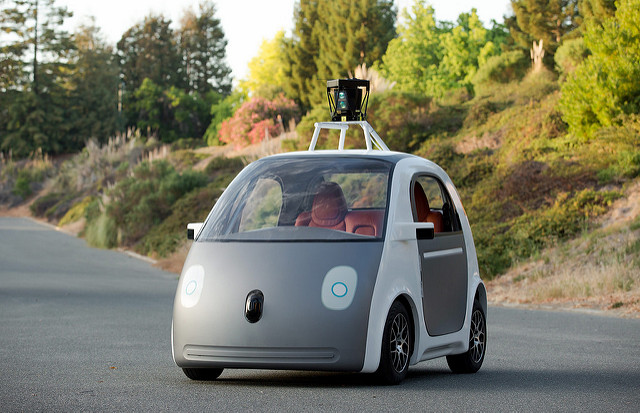It may sound like something out of The Jetsons -- but self-driving cars are here!
According to recent data, as many as 10 million cars will be outfitted with self-driving features by the year 2020. While exciting, these futuristic vehicles have opened up a whole can of worms. Especially for insurance companies.
How are they insured?
Who’s to blame in the event of an accident?
Can you trust machine over man?
We don’t know the answers to these questions, but here are some facts to consider:
When discussing liability, this is generally built into a driver’s premium. However, with a self-driving car, if an accident is the result of the computer’s failure, it becomes reasonable to assume the fault would then lie, instead, with the manufacturer.
In fact, Volvo recently said they’d assume the blame if one of their self-driving cars crashed. The company believes their new cars will be much safer, promising, “By 2020, nobody shall be seriously injured or killed in a new Volvo.” However, Volvos are notoriously pricey, and their assumed liability could make the Swedish station wagons even more expensive.
If the car manufacturers are facing increased operating costs due to liability concerns, they may make up for that by increasing the price of the vehicles. In other words, while autonomous vehicle owners may save money on their insurance policies, the cost may end up trickling down to the price of their new vehicle.
In February of this year, a self-driving car being tested by Google struck a public bus on a city street, a fender-bender for the record books as the first time one of the these self-driving vehicles caused an accident. Here’s how Google responded:
"Our test driver, who had been watching the bus in the mirror, also expected the bus to slow or stop. And we can imagine the bus driver assumed we were going to stay put. Unfortunately, all these assumptions led us to the same spot in the lane at the same time. This type of misunderstanding happens between human drivers on the road every day.
This is a classic example of the negotiation that's a normal part of driving -- we're all trying to predict each other's movements. In this case, we clearly bear some responsibility, because if our car hadn't moved there wouldn't have been a collision. That said, our test driver believed the bus was going to slow or stop to allow us to merge into the traffic, and that there would be sufficient space to do that."
So Google assumed partial responsibility for the accident, and has made adjustments in the software as a result. But, will all manufacturers want to do this? And, more importantly, will consumers want to essentially pay for insurance costs when they purchase a new car?
Stay tuned — and, in the meantime, drive safely!

Sources: engadget, Google self-driving car crashes into a bus (update: statement) | Forbes, How Self-Driving Cars Will Impact Your Auto Insurance | Extreme Tech, Volvo: We’ll take the blame if our self-driving cars crash
Photo credit: smoothgroover22
Tags : self-driving car, cars, car insurance, policy, premium, liability, coverage, Google, car accident, auto insurance, Volvo
 April 27 at 8:00am · Share April 27 at 8:00am · Share
|